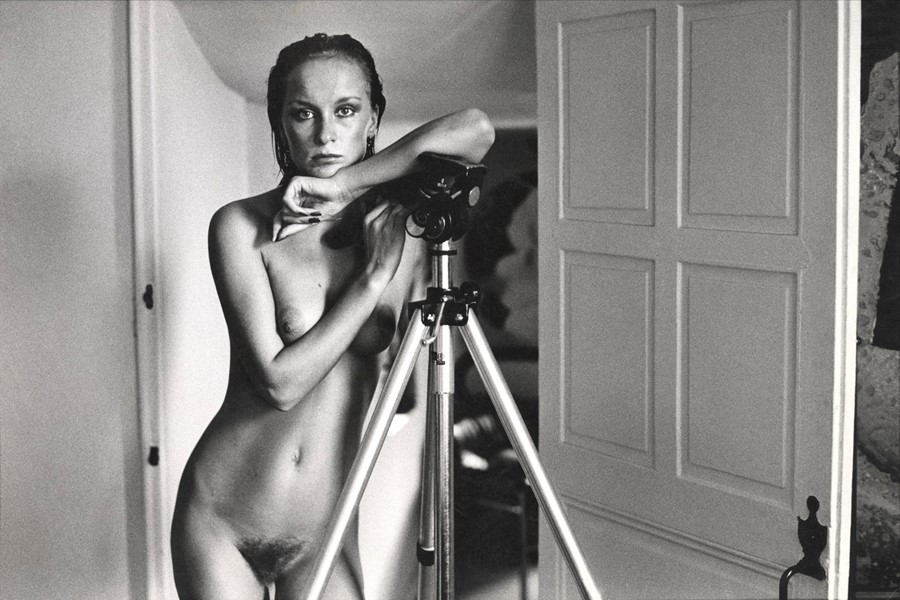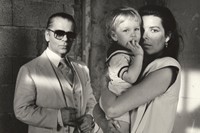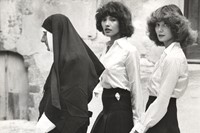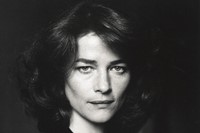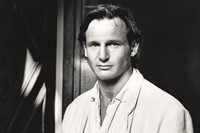A major new retrospective in Berlin celebrates the photographs of June Newton – who operated under the professional alias Alice Springs – at the Helmut Newton Foundation
Known by her professional alias ‘Alice Springs’, Australian actress and model June Newton adopted the name of the remote desert town to rebrand herself as a photographer in 1970. June didn’t anticipate a life behind the camera; she began her career in front of the camera and on the stage – becoming a star in the Australian film industry in the 1940s. But fate would lead her in another direction. Alongside her husband, the provocative photographer Helmut Newton, who she met in 1947, she would become one of the most sought-after photographic portraitists of her era.
To celebrate what would have been June’s 100th birthday, a major retrospective has opened at the Helmut Newton Foundation in Berlin. Titled Alice Springs. Retrospective, the show assembles over 200 rarely-seen vintage photographs and opens to the public after extensive research. “For the first time, everything in her oeuvre is arranged chronologically,” says the curator and director of the Helmut Newton Foundation Matthias Harder. “So we can follow the genesis of her entire career, from her own acting on Melbourne's stages to the last photographic commissions for a deodorant brand, taken in Los Angeles in 2004.”
The show draws from never-before-seen works left in June’s Monaco apartment, where she died in 2021 at the age of 97. Harder explains that since her death, “The last archival material from her apartment in Monaco to Berlin has now been completely transported and stored in the Helmut Newton Foundation.” Thus, this is the first posthumous show that will comprehensively celebrate June’s contributions to photography, tracing the evolution of her photographic gaze and distinguishing her as an artist outside the shadow of her husband’s towering legacy.

Referred to by their close friends as “Helmie and Junie”, the couple were romantically and professionally entwined for most of their lives. But according to Harder, she was never merely relegated to being her husband’s sidekick, or support act. “June always supported Helmut – and vice versa. There was no competition, even after June became successful as a photographer after 1970,” explains Harder. This can be seen clearly in the joint exhibition and book Us and Them, a photographic journal taken between the 1980s and 1990s which documents their shared life, featuring portraits of well-known actors, artists and cultural figures, as well as pairs of self-portraits shown side by side. “We wanted to include Us and Them to highlight the different approaches of Helmut and June when it came to portrait photography,” says Harder. Indeed, while Helmut earned a reputation for shooting his subjects (who were often women) in a sexually suggestive, voyeuristic, or even at times surreal manner, June created portraits of individuals in a state of genuine intensity or candid repose. She offered an intimate and authentic glimpse of her subjects, capturing them as they relaxed or exhaled – a fleeting moment of released tension.
But nevertheless, the choice of pseudonym ‘Alice Springs’ was only partially in homage to her home country. She chose the name to separate herself from her husband, a rebranding that was emphatically encouraged by Helmut, who had insisted “one Newton in the family is enough”. Later, June would recall: “When he proposed to me, he did say that I would always be his second love, that photography would be his first and he would never ever give it up. I thought that was marvellous. I could never be jealous of his photography.”
June’s initial forays into photography took place by happenstance, in Paris 1970, after Helmut fell ill with a bout of influenza. He had been scheduled to shoot an advertising campaign for the French cigarette brand Gitanes. After a quick lesson on how to handle a camera and deal with the exposure metre, June brazenly took over the assignment. While Helmut rested, June – as if already a natural – conducted the photoshoot, capturing portraits of a smoking model. These photos would kickstart her career.
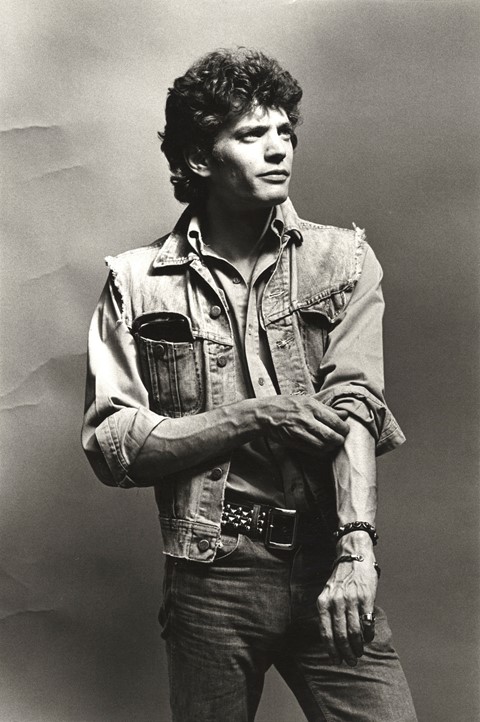
Only a few years later, her photographs were adorning the pages of illustrious fashion magazines, including the cover image for French Elle in 1974. She would go on to shoot notable figures, from Robert Mapplethorpe, William S Burroughs, Audrey Hepburn, Catherine Deneuve, Michel Foucault, Diana Vreeland, Grace Jones, Karl Lagerfeld and Nicole Kidman. “I think her training and stage practice as an actress in Australia in the 1940s and 50s helped her a lot in her own photography later on,” Harder adds. “She simply knew both sides, in front of and behind the camera, and she was familiar with all the tricks of role-playing.”
In the late 1950s, Helmut and June had lived together in London, before moving to Paris in the early 1960s, where they resided for nearly three decades. Eventually, they split their time between France and Los Angeles, where Helmut tragically died in a car accident in 2004 when suffering from a sudden heart attack as he left the Chateau Marmont. Unsurprisingly, his death signified a decisive turn in June’s life. In her grief, she shot a fashion feature in lieu of him. “That’s how I got over it. Go to work,” she said. In 2005, a foundation dedicated to Helmut opened in Berlin, which June spearheaded and worked closely with until her death.
A well-connected figure who encountered some of the era’s most prominent figures, June was immersed in a world of intellectual and cultural celebrity. Thus, as an interlocutor and key figure within such circles, she formed trusting bonds with her subjects. She photographed them in an environment that allowed for fun, spontaneity, and intimacy. “Eye-opening portraits were created in the truest sense of the word,” Harder says. “June’s work enables us to look into the souls of the prominent members of this cultural jet set, so to speak.” And June also described her process in this way – an exercise of digging deeper, of exorcising the essence of her subjects. In her own words, she captured their souls – “I tried to steal them. And in many cases I did.”
Alice Springs. Retrospective is on show at the Helmut Newton Foundation in Berlin until 19 November 2023.
